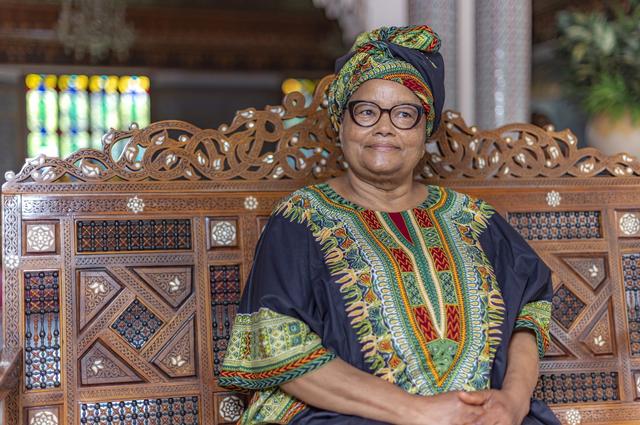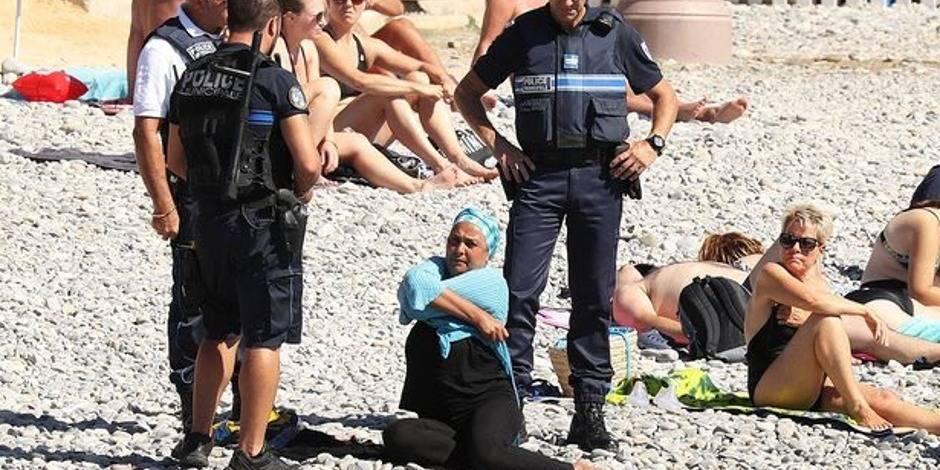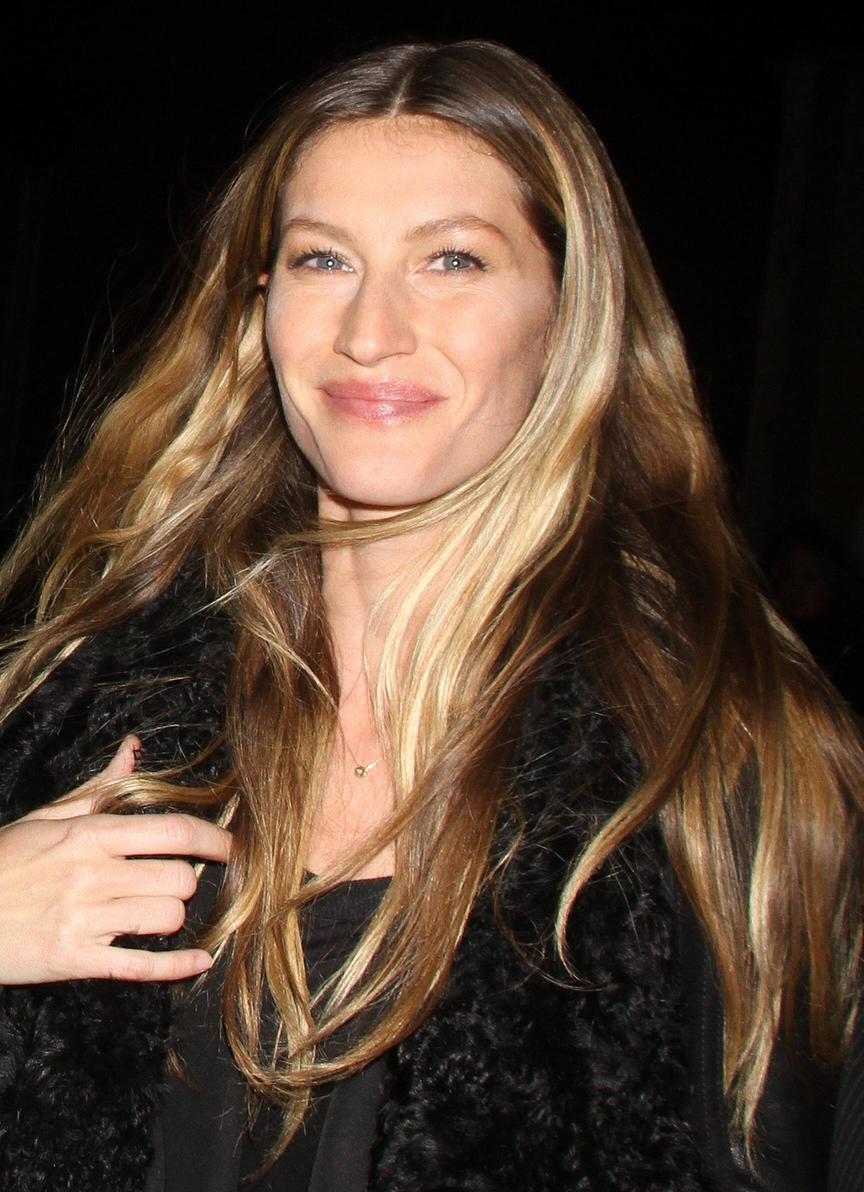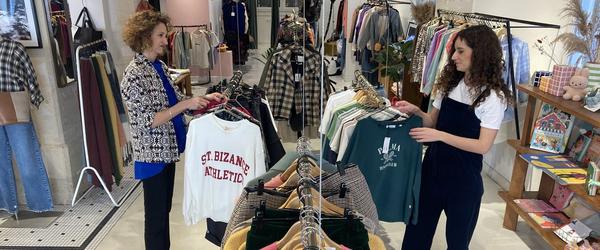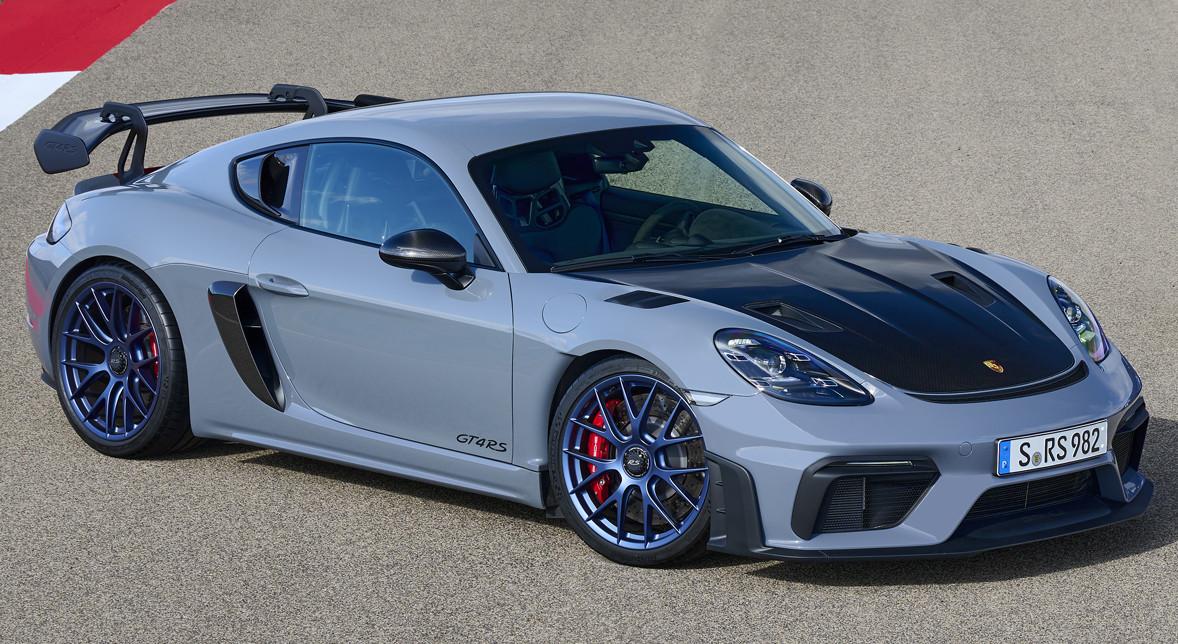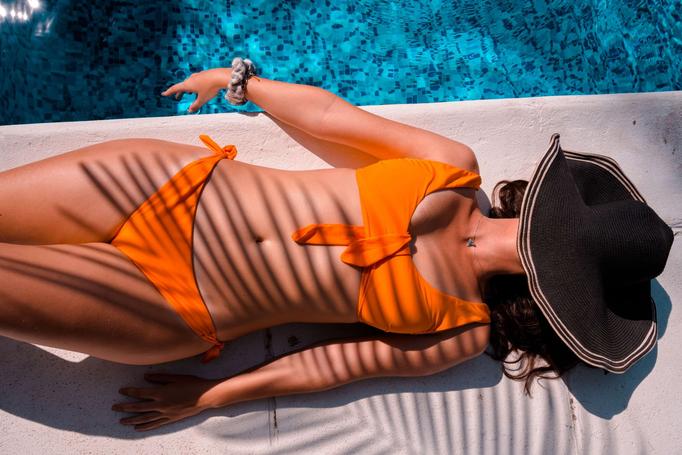JULIEN BOUDET, STREETSTYLE PHOTOGRAPHER: "FAKE IS COOL UNTIL THE BRANDS DON'T SAY IT"
Becoming a reference in the field of streetstyle photography in the space of ten years, Julien Boudet made a name for himself by capturing the looks of guests at various Fashion Weeks all over the world. Between two shoots in the South of France, we were able to meet this photographer attached to a representative style of the 2000s who has just announced a capsule collection in collaboration with Lacoste.
We've seen you photographing the best looks in front of fashion shows all over the world, but who are you? Julien Boudet: I'm better known as Bleu Mode. I am 35 years old, I have been taking photos since 2013. I started Bleu Mode first on Instagram. I was based in New York and it all started from there. I started in the Soho district doing real streetstyle. My first client trusted me and then I covered New York Fashion Week. Then everything came together, it became more than a streetstyle blog. Afterwards, it became a little more than photography.
Your universe? My universe is a reflection of my personality, of everything I love. In a few key words I would say “style” and not fashion. “Auto-moto”, because that is also part of my delirium. And the blue. I come from the South so I try to transcribe it in my photos and in my work in general. The name Bleu Mode comes from the sea. I just try to bring my vision, to transcribe our time through the experiences that I have been able to live.
What message are you trying to convey through your work?I am concrete, real, authentic. My goal is to arrive with an artistic direction that speaks to people who do not necessarily know the fashion world and who are not necessarily from wealthy backgrounds. I come from Sète, a city in the South where people often belong to the French middle classes. It is not Paris-center. Not where we are right now (the interview took place in a café close to the Champs-Élysées, editor’s note). When I was fifteen I had no idea what was going on in fashion. For us, luxury was Lacoste tracksuits or a pair of 1,000-franc Nikes. The key word in fashion right now is inclusivity. I think inclusiveness also means sending a message that reaches more people than the simple target of luxury brands. So yes we can say that in my work I have a little fun breaking the codes. I like to mix tracksuits with luxury products like handbags.
Sete? New fashion town? No (laughs). That's for sure that there is a lot of work... But it's very good like that. When I go back there it is to see my family and my friends. I don't want people talking to me about fashion, I don't want people talking to me about work. I want it to stay as it is.
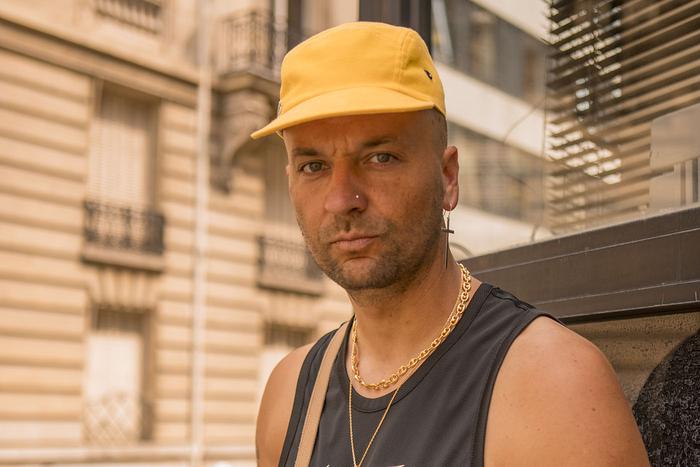
And Dubai, the new fashion capital? Not anymore. The Dubai I love is the one you don't see on social media. Once again, I use the word “authentic”. I'm not into bling bling too much. I find it funny when the bling bling becomes too much and cheesy but when it's really serious, I'm not interested. You have to be able to look at it with an ironic eye. I like to explore Dubai, go to places where no one goes. At the Sharjah car junkyard which is 30 minutes from the city center, for example. There are small villages around where there are refugees, immigrants who do not know at all the life of Dubai that we see on social networks. I never go to the Mall, I don't go to five stars. The Dubai I like is the furthest from the lush Dubai of influencers.
What inspires you in the meeting of the worlds of automotive and fashion? Cars are design. It's hyper worked, hyper thought out, like clothes that have been imagined by such and such a designer. Like any other design object for that matter; it can also be furniture. I have been fascinated since my adolescence by this aestheticism linked to cars, long before fashion. Bringing a few cars into my photographic universe, it had already been done before, I didn't invent it, but I am interested in it with a very precise and recurring AD. And it's not necessarily just luxury cars. Recently, I shot a Twingo, a great car that will go down in automotive history. Not phase two eh, the first (laughs)!
You who hijack monograms in your works, what do these big brands that are in the process of reinventing theirs inspire in you? It's a big statement to change your monogram for a brand, it can be risky. For some old fashion houses I wouldn't dare change it. It is very difficult to touch what a brand represents beyond the logo. When I started to get interested in fashion, it was the full boom of the Louis Vuitton monogram. Teenagers, we only saw fake bags that came from the sun market in Marseille. We knew luxury and fashion like that. It's clear that I'm still obsessed with these things, an LV monogram is unbeatable. We all dreamed of LV before Dior or Gucci.
What are your influences?My experience, the context in which I grew up. What I loved when I was a teenager inspires me a lot. Often I regret not having taken pictures at the time. So I try to transcribe these images in my shoots today, twenty years later. I am a little nostalgic for the 1990s. My travels also inspire me. I still spent ten years in New York, an incredible city that influenced me enormously. This is advice that I could give to all twenty-somethings, to go and live there for two or three years to feel this vibe, this energy, this openness. You can start networking easily, people are open and they can trust you quickly if they like your work. In France it is more complicated to start. There are also my trips to Asia, Georgia, Ukraine, Armenia, Morocco; Mediterranean cultures globally. They are very rewarding for the eye of a photographer.
You recently exhibited “everything is blue” at the Stems Gallery in Brussels, a series of photographs and installations mixing fashion and the automobile. What do you take away from it? It was my first solo exhibition: the first time I did works, sculptures, not just photography. It allowed me to get out of streetstyle a bit. I've been in this for more than ten years and I felt that I had gone around the question a little. It's a big part of my life, but I think you also have to know how to leave room for the young, the new. All beautiful things come to an end you see.
The last two years have seen a pause in the fashion world in terms of catwalks, Fashion Weeks, streetstyle. How did you experience it?I fell into this “Fashion Circus” with which you never stop, with which you always have your head in the handlebars. I arrived in a city to photograph looks and then I left the next day. It's a frenetic pace that you can't keep up for a lifetime. The pandemic has been, in a way, a blessing in disguise as far as I'm concerned. I have seen my work evolve towards other universes. I was able to ask myself and think about moving towards another approach to creation. For one or two years I have been able to do beautiful things, in AD, in photography. I refocused on photos that represent me. In streetstyle we are dependent on the rest of the decor.
Does fakes sell? Fake is cool, as long as the brands don't say so. After that gives them free publicity. People want brands and that's what sells them. And then, in this whole process, it is not them who are the most to be pitied. When Gucci came out with t-shirts and bags that said "fake" on it, I never thought I was going to buy that. It's funny, but I'll never put 1000 bullets in there (laughs). But at that price, you might as well buy fake…
Interview and photos: Nathan Merchadier

